#Navajo tribe
Explore tagged Tumblr posts
Text
Follow Darienne Nez on xiaohongshu for more 🫶🏻
#I’m genuinely so verkelempt rn#navajo nation#navajo tribe#the great tiktok migration of 2025#the great xiaohongshu migration of 2025#tiktok#tiktok ban#i loved indigenoustok im so glad many are moving to xhs!!!#like as much as tiktok is dance trends it is also cultural education!#it has connected and bridged divides between communities that many of us never thought could coexist#if you’re gonna name tiktoks failures name its virtues too because there are many#the outpouring of love from Chinese users who see indigenous tribes posting and see family…How are you not bawling#something is healing here#tiktok is a tool and is a useful as the user wants it to be#if you want brainrot enjoy your brainrot (as everyone seems allowed to do on tumblr and reddit and insta)#but if you want content that expands your worldview it’s right at your fingertips
5 notes
·
View notes
Text
Work in Progress: The Kayenta Formation
The next installment of the Mesozoic Formations series: The Kayenta Formation. Full color painting coming soon.

View On WordPress
#adobe photoshop#arizona#artistatwork#Commissions Open#Concept Art#Digital Art#digital drawing#DigitalPainting#dilophosaurus#dinosaur#Environment Design#indigenous people#Jurassic#Jurassic Period#kayenta#Native American#navajo#navajo tribe#paleontology#Palo Art#Pterosaurs#river#Utah#Wacom Tablet#work in progress
3 notes
·
View notes
Text
UNDER EXILE Premieres "Meira"
UNDER EXILE Premieres "Meira". #underexile #navajonation
“We proud to be part of the growing community of Native American heavy music and musicians, and are also proud to be a representation of the Dinè/Navajo Nation along with other bands like Heart Musuem, Tribus, Hellthrone, Graves of the Monuments and Born of Winter to name a few. We hope to continue to grow as a band and, as musicians, to continue to bring recognition to the talent that is within…
#Dine&039;#Franklin Yazzie#Meira#Native American#Native American heavy music#Navajo Nation#Navajo Tribe#UNDER EXILE
0 notes
Text
She wondered what her father was doing right now. It would be the middle of the night in California. Maybe he was asleep, or doing a late night TV interview. Piper hoped he was in his favourite spot: the porch off the living room, watching the moon over the Pacific, enjoying some quiet time. Piper wanted to think he was happy and content right now…in case they failed.
She thought about her friends in the Aphrodite cabin at Camp Half-Blood. She thought about her cousins in Oklahoma, which was odd, since she'd never spent much time with them. She didn't even know them very well. Now she was sorry about that.
These lines are incredibly sad. But I don't want to focus on that. I want to focus on Piper having cousins in Oklahoma. Do you know why I want to draw your attention to that line? It's because I think it's ripe with potential for exploration in a spin-off series. The Cherokee have their own mythology, right? They have their own gods and deities? If so, it's very possible we could try to get a book written about Piper's cousins out in Oklahoma.
If just focusing on the Cherokee is too little, we can even have some focus be paid to the other native tribes in Oklahoma. I don't know all of them (since i'm not from the US), but I see potential for some sort of story here. I can't be the only one, can I? There's just gotta be something here.
#there really are a lot of native tribes#i wish i knew all of them#but there's like 200+#even just here in canada alone#but if rick riordan presents had a book on navajo mythology#why can't we have one for cherokee mythos?#piper mclean#tristan mclean#cherokee#cherokee mythology#cherokee mythos#native american mythology#rick riordan#riordan universe#riordanverse#heroes of olympus#percy jackson#pjo hoo toa#rick riordan presents#my ideas#story ideas#book ideas#ideas#ideas for stories#writing ideas#fic ideas
20 notes
·
View notes
Text
10 Facts on "What's so special about The Haudenosuanee and Lacrosse?" (From a Native American perspective)
Lacrosse is one of the fastest growing sports in the world right now, but most people look at the sport as expensive, exclusive, and very white. Most people who play the game have no idea the origin that goes behind it or how it was originally played. Lacrosse is a spiritual game for many Native Americans and other indigenous people. Here are 10 essential facts on Lacrosse and the Haudenosuanee. Please leave feedback on your thoughts and opinions of the 10 facts listed below!
Lacrosse is the oldest team sport on our continent, originated by a North American tribe. Some people might say it started around the 1100’s A.D. The Native American tribe originators of this game are the Haudenosaunee.
The Huadenosuanee call lacrosse “Dehontsigwaehs" which means they bump hips.
In the 1630’s, French Jesuit missionaries who were working in the St. Lawrence Valley saw the Huron Indians playing the Medicine Game. The name of Lacrosse is just a reflection of this term, another way of how the French pronounced this game was “le jeu de la cross” (the game of the stick).
Traditional lacrosse game sticks were made from hickory tree wood which represented all plant life. It was said the original game of lacrosse could last several days and have been played with 100 to 1,000 men in a 2 mile radius of land. This game is still played to this day amongst certain Native American tribes.
The cosmology of this game of lacrosse started out way before it was even put on earth for the people; it started out with the animals in the sky world.
The game was given to them by the creator and is very sacred to the Huadenosaunee people, some say it even has healing powers. It's referred to as the medicine game amongst the Haudenosaunee.
This game was called to make peace amongst nations, heal the sick, an exchange to the creator if there was ever a drought, fight diseases, stop war, fix conflict, and to be played with a good mindset at all times, for the creator.
It was never about the outcome of the score but about harmony through the game.
A Haudenosaunee tradition that is still practiced today, is when a male baby is born they receive their first wooden stick and at the end of their journey here on earth, they are buried with the stick. So they can continue playing the game with their ancestors.
Lacrosse is one of the fastest growing sports in the world right now. Thanks to the Haudenosuanee for sharing it with the world!
Let's use this post to spread knowledge to others about the Creators game of Lacrosse. Giving true credit to the Haudenosuanee who gifted this beautiful game to the world. In the spirit of connective blogging, your experiences, insight, stories, and knowledge will help grow this community. Let's create a safe space where we can learn from each other and have allies supporting the Haudenosunee Lacrosse Team's journey as they embark in 2028 Los Angeles Olympics. Here is my question to get the blog started. Do you think after reading these facts, they should be allowed to compete as the first Native American tribe under their own flag? and as the founders of the game of Lacrosse? Yes or No? Have a great day! AHO!
#lacrosee#haudenosuanee#spirit game#wooden stick#olympics#native american#sports#creator game#mohawk#oneida#onondaga#land back#turtle island#cayuga#seneca#tribes#indigenous peoples#indigenous#tuscarora#navajo#dine#iroquois confederacy#six nations#originators
22 notes
·
View notes
Text
It’s a good day to be indigenous !
#happy indigenous peoples day !!#if you reblog put your tribe in the tags! (if you’re indigenous)#i’m diné/navajo#indigenous peoples day#indigenous#native#smoke signals#if you haven’t already go watch smoke signals#it’s an amazing movie
10 notes
·
View notes
Text


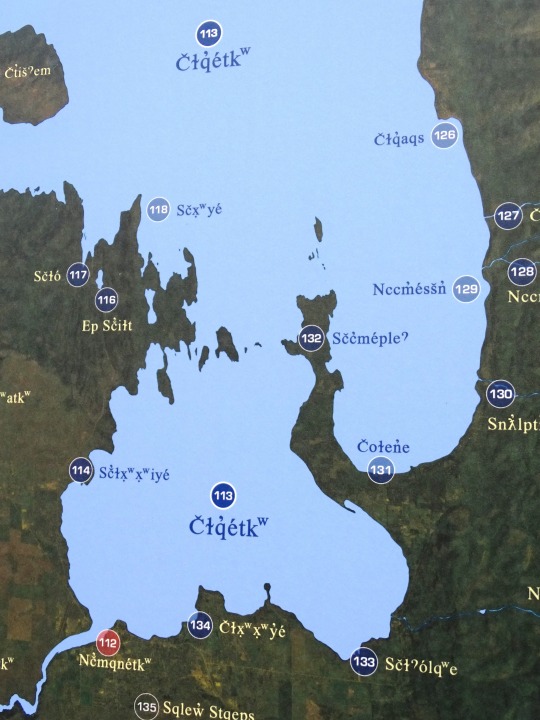



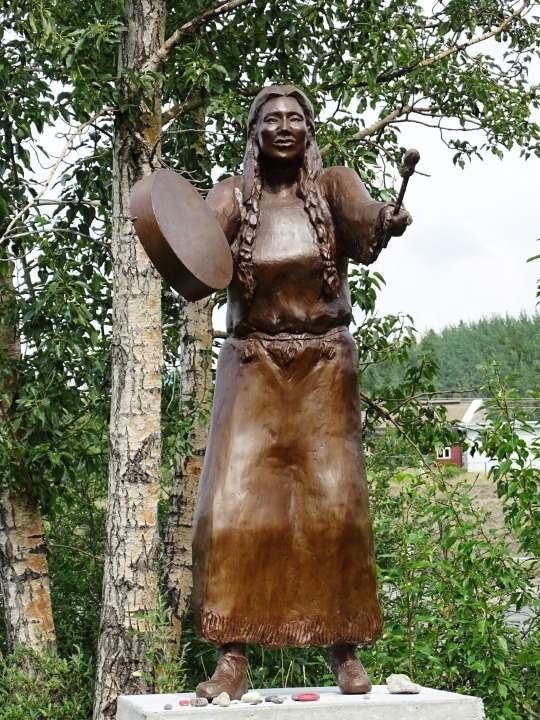
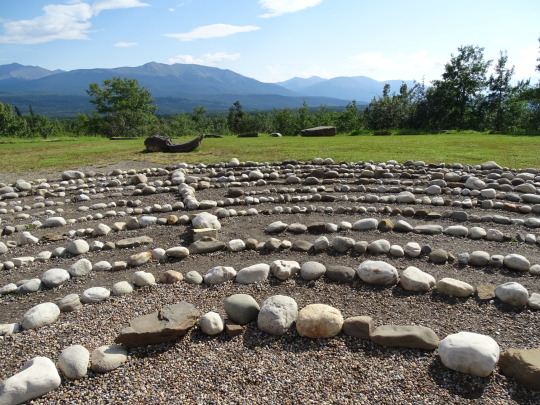



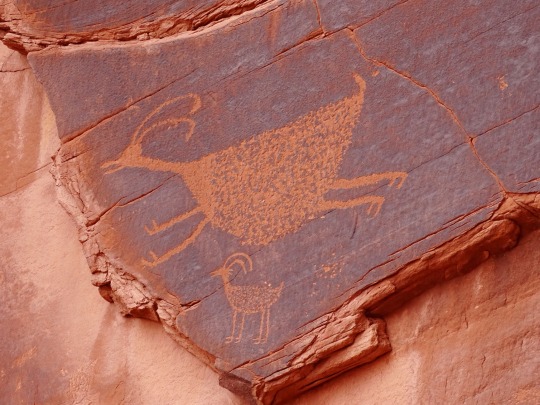


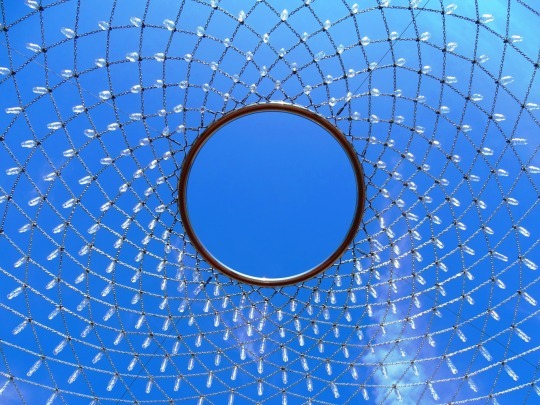


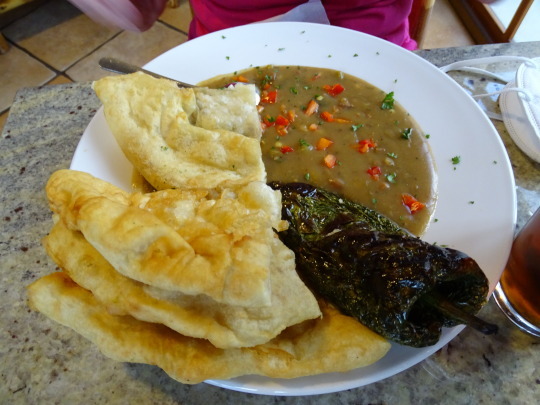
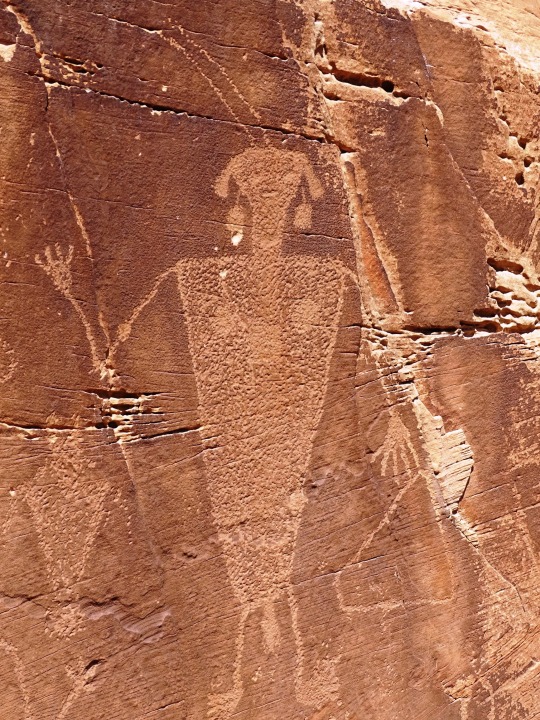




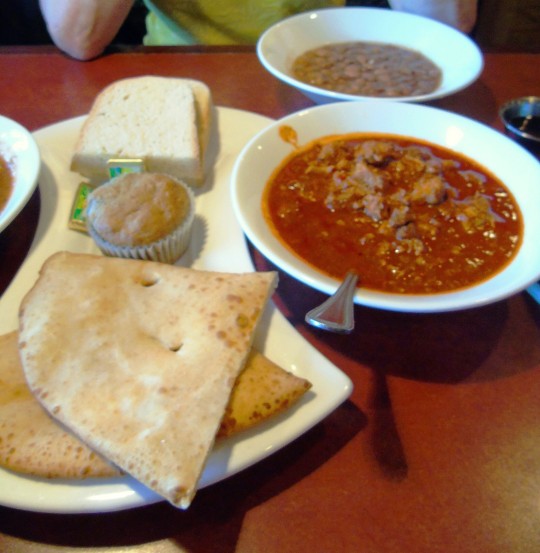

National Day of Mourning
The National Day of Mourning takes place on the fourth Thursday of November, this year it’s on November 28. If this date sounds familiar to you, it’s because the fourth Thursday of November also coincides with Thanksgiving in the U.S. Every year on the National Day of Mourning, Native American people in New England gather together to protest. To them, Thanksgiving serves as a reminder of the unjust treatment that Native Americans have received since the 1620 Plymouth landing.
History of National Day of Mourning
The National Day of Mourning reminds us all that Thanksgiving is only part of the story. Native Americans, since 1970, have gathered at noon on Cole’s Hill in Plymouth, Massachusetts, to commemorate a National Day of Mourning on Thanksgiving Day.
Pilgrims landed in Plymouth and established the first colony in 1620. As such, it’s the oldest municipality in New England. Many Native Americans, however, don’t celebrate the arrival of the Pilgrims and other European settlers. Thanksgiving, to them, is a brutal reminder of “the genocide of millions of Native people, the theft of Native lands, and the relentless assault on Native culture.”
They participate as a way to honor Native ancestors and the struggles of Native peoples to survive today. “It is a day of remembrance and spiritual connection as well as a protest of the racism and oppression which Native Americans continue to experience.”
The United American Indians of New England (UAINE) sponsors this event. They maintain that the Pilgrims arrived in North America and claimed tribal land for their own, as opposed to establishing a mutually beneficial relationship with the local inhabitants. UAINE members believe that these settlers “introduced sexism, racism, anti-homosexual bigotry, jails, and the class system.”
The National Day of Mourning generally begins at noon and includes a march through the historic district of Plymouth. While the UAINE encourages people of all backgrounds to attend the protests, only Native speakers are invited to give these speeches about the past, as well as current obstacles their people have overcome. Guests are asked to bring non-alcoholic beverages, desserts, fresh fruits and vegetables, or pre-cooked items. The protest is open to anyone, and has attracted other minority activists.
National Day of Mourning timeline
1998
No permit needed
UAINE receives permission from local authorities to march in protest without having to obtain a permit.
1997
Protests got violent
State troopers use force against protesters who gathered together to observe the 28th annual National Day of Mourning.
1970
National Day of Mourning began
The first annual protest for the National Day of Mourning takes place.
1620
Pilgrims arrived
English separatist Puritans, who had broken away from the Church of England, land at Plymouth Rock. Today we refer to them as Pilgrims.
National Day of Mourning FAQs
What really happened in 1621?
The Pilgrims celebrated their first successful harvest by firing guns and cannons in Plymouth. The noise alarmed ancestors of the Wampanoag Nation who went to investigate. That is how native people came to be present at the first Thanksgiving
Are federal offices closed on a national day of mourning?
U.S. government offices are closed on the National Day of Mourning due to the Thanksgiving holiday.
What happens on the National Day of Mourning?
Native Americans and supporters gather in Plymouth to “mourn our ancestors and the genocide of our peoples and the theft of our lands.”
How to Observe National Day of Mourning
Brush up on your history: Do you know much about the first Thanksgiving? Do some research online, stop by your local library, or watch a documentary that will help give you a better understanding of what Native Americans actually went through.
Learn more about the United American Indians of New England (UAINE): UAINE is responsible for helping the National Day of Mourning protest take shape. To observe this important day, take some time to learn about about the UAINE. It's a fascinating organization that has done a great deal to promote better treatment for the Native American people.
Attend a protest: Protesters gather on Cole's Hill, a location overlooking Plymouth Rock, in Massachusetts. Everyone is welcome to observe these gatherings, and recently, other minority groups have started to become involved in the events of this day.
4 Reasons To Thank Native Americans
They've been here a while: Native Americans have existed in what is now known as the United States since 12,000 BC.
Thank you for your service: Although they were not considered American citizens, over 8,000 Native Americans served in the military in World War I.
Your great-grandma is who?: Many of the first families who settled in Virginia trace their roots directly back to Pocahontas.
An important vocabulary lesson: A bunch of Native American words have made their way into the English language; for example, coyote, tomato, poncho, potato, and chia.
Why National Day of Mourning is Important
It serves as an important history lesson: Textbooks often glaze over the unjust treatment of Native Americans. The National Day of Mourning, however, is a reminder that the people native to the Americas have been the recipients of a great deal of unfair treatment. It's important to discuss.
It's a time to come together: For protesters, the National Day of Mourning serves as a time to rally together to advocate for what they believe in. UAINE has worked to improve relations between the government and native people.
It shifts our attention away from turkey: Yes, Thanksgiving can be a great day filled with tons of good food and time spent with loving family and friends. However, the mission behind the National Day of Mourning is to highlight that the Thanksgiving holiday is actually quite painful for some people. For quite a few Native Americans in New England, Thanksgiving marks a time when their ancestors were treated poorly.
Source
#MMIWG monument by Myrna Pokiak#Yellowknife#White Bird Battlefield Historical Landmark#The Gather-Ring by Manuel Báez and Charlynne Lafontaine#National Day of Mourning#28 November 20243#NationalDayofMourning#native american#Wabanki Canoe#Founding Fathers by Dale Faulstich#Jamestown S'Klallam Tribe#fourth Thursday in November#Unthanksgiving Day#travel#original photography#vacation#tourist attraction#Canada#USA#First Nations#Labyrinth Park#Monument Valley Navajo Tribal Park#Dinosaur National Monument#Mesa Verde National Park#Finding Peace Monument by Halain De Repentigny#Survivors of Whitehorse Indian Mission School by Ken Anderson#Two Brothers Totem Pole by Jaalen and Gwaai Edenshaw#Jasper National Park
4 notes
·
View notes
Text

This is the Indian Burger served by Cafe Santa Rosa in Tucson, Arizona, which is I believe owned by an O’odham family.
It’s a hamburger patty, green chile slices, onion, tomato, lettuce, cheese, ketchup, mayo and mustard served on frybread (which is known as a “popover” in southern Arizona).
#food#tucson#cafe santa rosa#remember that thing about the restaurant in italy with the burgers named after native american tribes?#if italians tried navajo tacos i think the result would be like what curry did in british or at least german cuisine
4 notes
·
View notes
Text
Abigail "Abby" Prairie Rose Brown Tail "The Spiderwick Chronicles" (OC)

Abigail was born 1890 in Montana on the Blackfoot Reservation
her father was George Brown Tail and her mother was Tamara Brown Tail nee Jones, a black woman.
Her father was young around the time of the Blackfoot massacre.
He however went to travel round and left he reservation and worked in odd jobs and various places: Farms, grocery stores, ect.
He was almost 30, when he met her mother in a Canada and married in 1885 and moved back on his reservation. When he came back to he was defeated at the state of it, he had no clue it would get that bad.
He attempted to farm but it was a sad return every time so as time drew on and more and more changes showed up, he was abhorred and disheartened by the state of the reservation.
Abigail was named after her mother's mother.
They left the reservation in 1898
They moved to the booming Billings, Montana and there she met and made fast friends with Arthur.
He still passed on his Blackfeet culture as much as possible and even her mom gave her some thing she inherited from the tribe.
She was outspoken and Feisty and very smart
she and Arthur made fast friends. they went to the same school together.
They were inseparable. They spent allt he time in the world together. Playing, laughing, eating together, their family got close because if them.
She even brought him on a few visits to his reservation and though them , he learned more about magical creatures and other beings due to Blackfoot tribe stories myths and legends.
Every summer and winter thy'd go back to where he grew up on the reservation on camping trips.
Her moms even though briefly learning herself , showed her what the women taught her
They eventually fell in love and started dating secretly for a year at 17 .
Often hiding to kiss and hold each other behind school, buildings, Their home , behind trees.
He proposed at 18 but their parents made them wait until after college to marry. they agreed.
Her father wasn’t going to give her up easy, Blackfoot tradition says young men wanting to marry have to prove their love in an act of bravery and so he took him on a “hunting” trip. As eventful and entering in the father’s behalf as it was, he didn’t kill anything but he proved his love and he knew he was worthy of his daughter and gave his blessing.
Abby never got to see her wedding day or even the next semester of school, she died from fatal injuries during a train robbery in a local hospital in Wisconsin. her body was buried in an local cemetery.
#Abigail Prarie Rose Brown Tail (OC)#my OC#OC Headcanon#spiderwick chronicles#the spiderwick chronicles#spiderwick chronicles (OC)#Blackfeet Tribe#Blackfoot Navajo tribe#Blackfoot#Montana#Billings Montana#oc#Arthur Spiderwick#Native American#Navajo OC#oc headcanons
4 notes
·
View notes
Text

Susanne Page (March 3, 1938 – May 13, 2024)
"Kachina dolls during a sunrise ceremony," 1980,
Ms. Page was in the midst of a 40-year career as a photographer for the United States Information Agency when she began creating vivid images of Native Americans and the flora and fauna that sustained them — work that embraced the beauty of the natural world and its profound spiritual significance to those Indigenous people. Her work appeared in magazines like National Geographic and Smithsonian and in several books.
#art#photography#surreal#creepy#fierce#tribe#hopi tribe#american history#susanne page#riprip susanne page#kachina dolls#dolls#ceremony#sunrise#navajo nation#human rights#equal rights#native american
4 notes
·
View notes
Text
I want to draw the Glamrocks and the DCA as PowWow dancers so bad but that would be just… so much detail. So mmmm it’ll have to wait.
But hear me out!
Sun and Moon: hoop dancers (Ojibwe/Anishinaabe)
Roxy: fancy shawl (Lummi)
Chica: Jingle dress (Lakota Sioux)
Monty: men’s fancy (Seminole)
Freddy: lead drummer/singer (Eastern Tsalagi/ Cherokee)
DJMM: Master of Ceremonies (Navajo/Diné)
And their regalia is just in their usual colors.
#fnaf#fnaf pow wow au?#this all came from my regular burning desire to make a jingle dress#and thinking that Chica would be such a great jingle dress dancer#I do want to do these some time#since having a little indigenous flavor to the Glamrocks would be awesome#and I want to subject y’all to electric pow wow#if you haven’t heard modern native music you are Missing Out#look up Halluci Nation/a Tribe Called Red#my tribe headcannons for each do have their reasons#but they’re just my biases#like of course gotta rep my tribe with Freddy#but also#Monty as a Seminole because duh#and Roxy would look gorgeous in PNW styles#and the Navajo always pop off at PowWow so of course we need a Diné MC#fnaf sb#dca fandom
11 notes
·
View notes
Text
Ok, so I have two pieces of turquoise jewelry that my great grandmother bought directly from one of the indigenous artists of Arizona or Nevada. She loved supporting small indigenous businesses, especially when she’d visit those two places, but because she visited quite a few different locations in those states, I don’t know which tribe the artist who made these silver and turquoise pieces are from. I wish I could ask my Great Grandmother because if she was still alive she would love to tell me her experiences in Arizona and Nevada and all the unique artists and jewelry makers she found. Does anyone know if there’s a way to tell what tribe a piece of jewelry is from based on design? Here are the pictures:

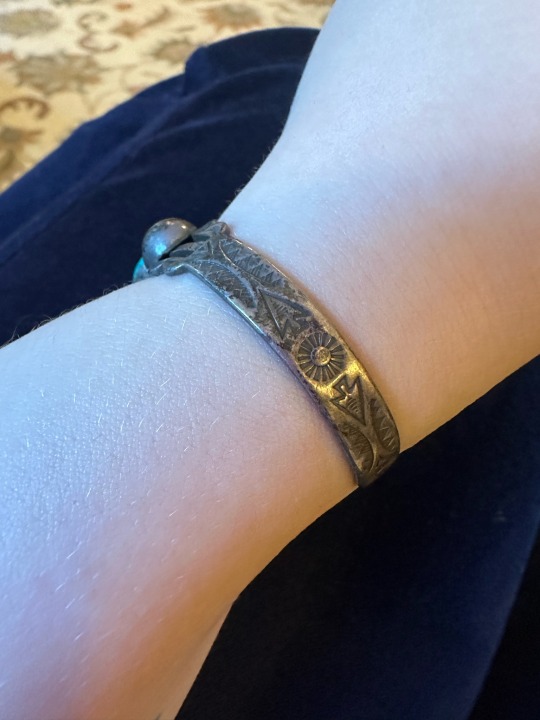
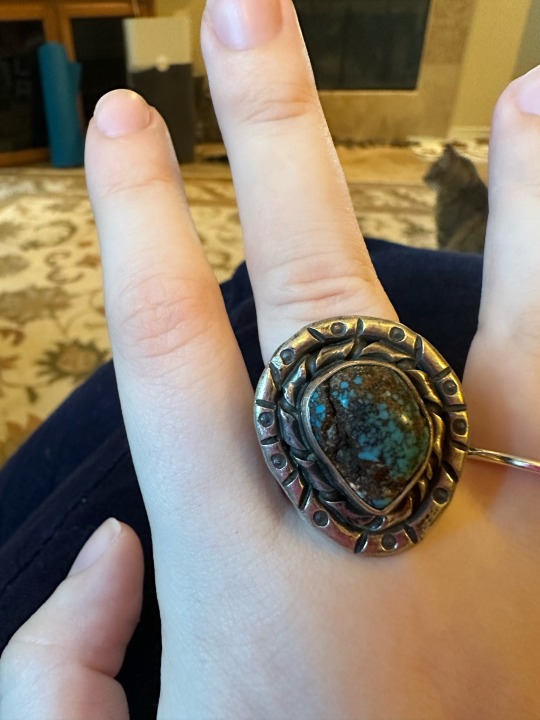
I know for a fact it’s genuine turquoise and silver (that I’m afraid to polish because most polishing products are too harsh to come near to to turquoise).
BTW: I am not from an indigenous heritage so I can’t really ask my family cause they’re all mixed white and Latin American like me.
5 notes
·
View notes
Text
Walking in the Kayenta Formation
Walking in the Kayenta Formation, Northern Arizona in the Navajo Nation lands in the early Jurassic 190 Million years ago.

View On WordPress
#adobe photoshop#amphibian#art#artistatwork#character art#Character Desgin#Commissions Open#Concept Art#Digital Art#DigitalPainting#dilophosaurus#dine bahane#dinosaur#Dinosaur Art#Environment Design#indigenous#indigenous people#Jurassic#Jurassic Period#landscape#Native American#native people#navajo#navajo belief#navajo tribe#Sarahsaurus
0 notes
Text
FUCK YEAH MOTHERFUCKER
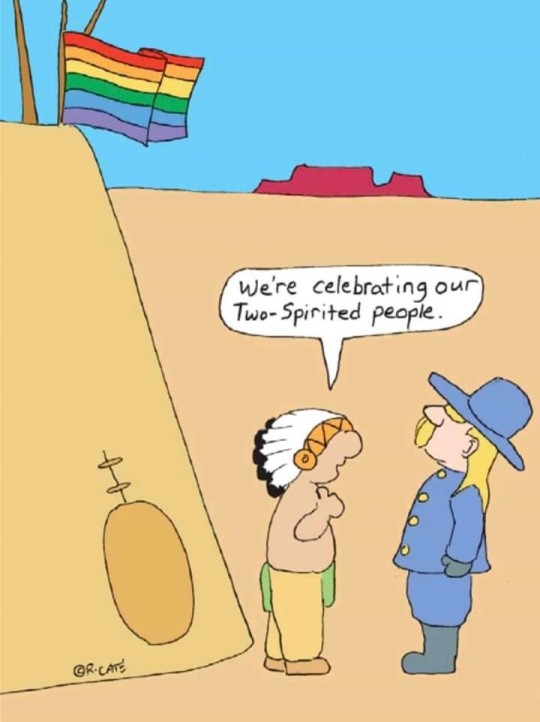
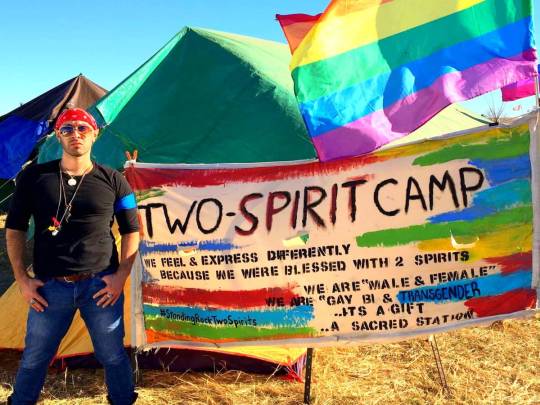
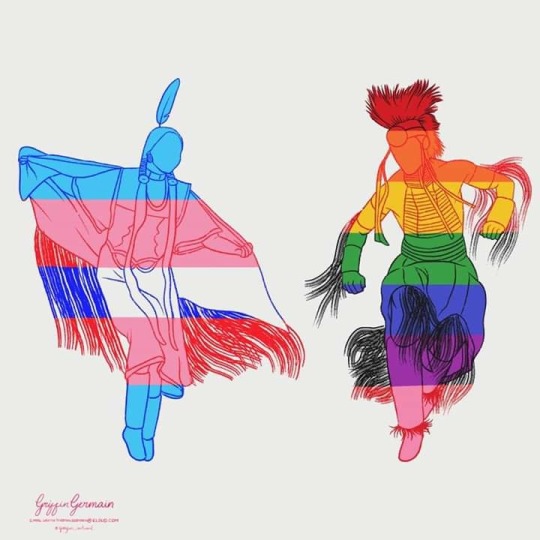
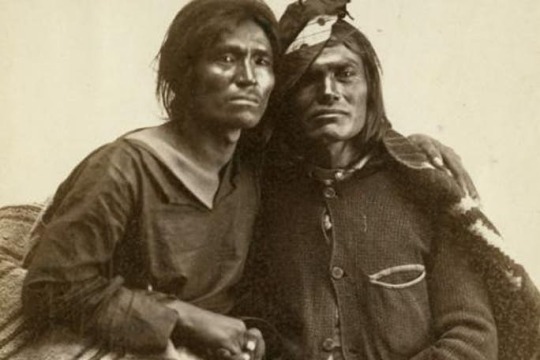

Happy Indigenous History Month + Pride Month ❤️
Without Reservations - Ricardo Caté // #StandingRockTwoSpirits // Historical Photo of Two-Spirit Natives // Griffin Germain // Diné Pride (Cayla Nimmo)
#yoooo#my tribe#diné#navajo#I am so proud#not of just#my#Queerness#but also my heritage#I wouldn't change a thing about me
92K notes
·
View notes
Text
Stay Noisy. It works sometimes.
#Pentagon#Navajo Code Talkers#Native veterans#U.S. Marine Corps#Navajo#in World War II#Native American heroes#Censorship#Doversity Ban#Department of Defense#Code Talkers#Iwo Jima flag raiser#Donald Trump#DEI#Ira Hayes#the Gila River#News
4K notes
·
View notes
Text
#greenscreen#fyp#indigenous#indigenoustiktok#native#nativetiktok#usa#mexico#northernnative#southernnative#latino#latinotiktok#latinoamerica#latinamerica#latinamerican#hispanic#hispanictiktok#dine#navajo#hopi#tongva#tribe#nativeamerican#indigena#indigenouspeople#americanindian#border#colonialism#imperialism
1 note
·
View note